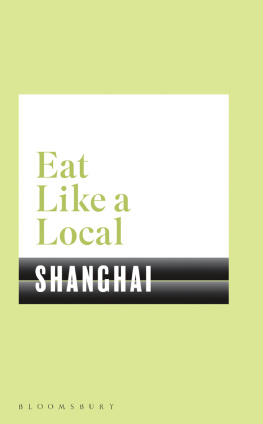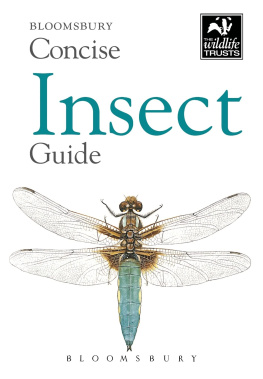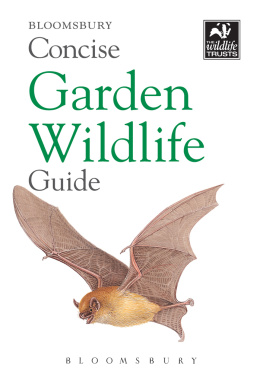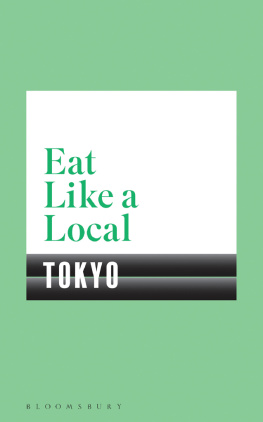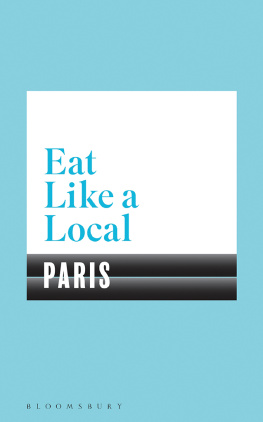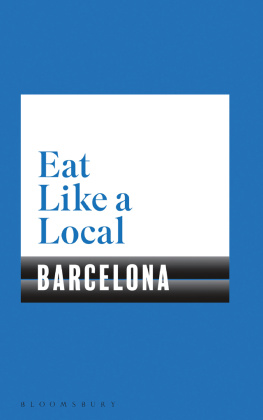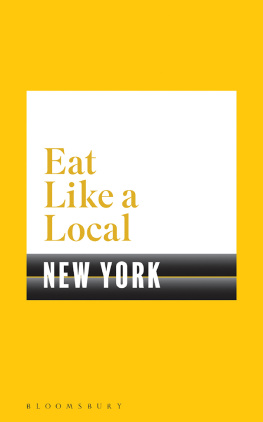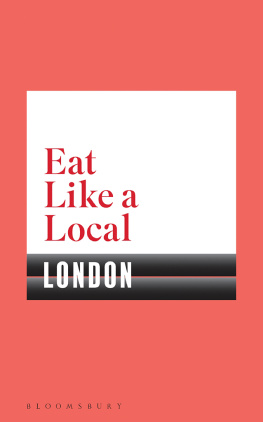

Welcome to Shanghai
Shanghai is an outward-looking city that has built its fortunes on trade and spent them on food. The name of the city, , literally translates as on the sea and it is now the largest shipping port in the world, drawing influences and talent from far and wide that continue to shape its culinary landscape today.
For the visitor, there are many advantages to eating and drinking in the worlds most populous city. With enough restaurants and bars to cater to the 24 million residents both well-known venues and hidden gems there is no chance that you will go hungry. However, navigating the citys sheer size, the breakneck speed of its redevelopment and the often hilariously mistranslated menus can test even the most seasoned traveller. This guide aims to help you sail through all those murky waters.
The city has one foot rooted in tradition and the other sprinting towards modernisation, so the Shanghainese are spoiled for choice: hipster independent coffee shops or gimmicky cheese tea cafs sit comfortably alongside the astonishingly diverse classic Chinese cuisine.
The Shanghainese are pioneers of tech innovation, too. Theres an app that summons a chef to come to your home to make dinner, fetch a barman to make cocktails, or simply to order a takeaway. China aims to be the first cashless society and Shanghai is driving that change.
The city has some of the greatest dining experiences in the world, from those as simple (though sublime) as a bowl of hand-pulled noodles formed before your eyes, to cutting-edge restaurants that use augmented reality to bring the table to life. Meanwhile, Shanghai-style home cooking is renowned both for its seafood and fresh seasonal produce and for incorporating artisanal delicacies from neighbouring provinces, such as Jinhua ham and Shaoxing wine.
All that you need is time to explore the citys secrets and appreciate its diverse flavours. And, of course, this guide.
Explore the City
The Huangpu river splits Shanghai in two: older Puxi () and newer Pudong (). (Xi = West, Dong = East.)
Xuhui ( ) (The Former French Concession)
Western expat central, with tree-lined boulevards and independent coffee shops. Both Wulumuqi Lu () and Anfu Lu () are long and charming roads with mixes of old and new Shanghai. Stroll down Hengshan Lu () to Xujiahui () , surrounded by malls and chain restaurants. To the west is Jiao Tong University () with nearby LGBT clubs and bars. Modern boundaries slice up the old Concession; most is in Xuhui; parts spill over into Jingan and Huangpu.
Jingan ( )
A huge gold facsimile of the Jingan Temple () is surrounded by luxury malls here. The district is a hectic mix of contemporary Chinese construction and some of the finest Art Deco architecture in the world.
Huangpu ( )
Nowhere is more iconic than The Bund () . Colonial-era banks, hotels and Michelin-starred restaurants line the river. The evening light show starts every day at 7pm and ends at 11pm sharp. Nanjing Lu () begins here, cutting west through the city with world-famous fashion brands on each side of the road. Tourist hotspots of Yu Garden (), Xintiandi () and Tianzifang () have been renovated, while the Old City is being gentrified.
Pudong ( )
Pudong is larger than the whole of New York City, although sparsely populated by comparison. Lujiazui () has some of the tallest buildings in the world, with rooftop bars and luxury hotel restaurants aplenty. Xinchang Water Town has avoided the tourist trap and is scattered with handicraft basket and tinker shops. Disneyland and the adjacent resort are home to several American chain restaurants.
Changning ()
Gubei () is Asian expat hub here, filled with Japanese, Korean and Thai restaurants. Columbia Circle () has stylish eateries inside a charming Art Deco country club, while family-friendly Zhongshan Park () is one of the few spots in Shanghai where you can picnic.
Putuo ( )
Home to the majority of the citys Muslim population. The district is filled with artists, open studios and trendy coffee shops.
Hongkou ( )
Historically the Jewish ghetto; sadly none of the food heritage survives.
Minhang ( )
This crosses the river. Qibao Water Town () is easy to reach by metro.
Outer Districts
Songjiang () has the Chinese answer to every Chinatown: Thames Town (), a replica of parts of London, with a smattering of Oxford. The bars even serve specially brewed beer. Qingpu () is the citys most easterly district; take the metro to Zhujiajiao Water Town () for an electic mix of old Shanghainese cuisine and delicious food gifts. Chongming () is an island district off the north-east coast of Shanghai, almost entirely agricultural; during the summer months, you can hire bicycles, explore a national park or visit a biodynamic farm.

Meet the Locals
Michael Zee
@symmetrybreakfast
Michael is creator of Instagram account @symmetrybreakfast, a bestselling cookbook author, a tea connoisseur and a little bit Chinese, as his grandfather is a native Shanghai ren (). When he is not making and photographing breakfast, Michael works as a consultant introducing Western food brands to the Chinese market, and writes about Chinese food. He lives in Shanghai with husband Mark and Kebab their cat.
Jamie Barys
untourfoodtours.com
Jamie, from Tennessee, has lived in China since 2007. Whether shes exploring Shanghais hidden hole-in-the-wall restaurants or sneaking into kitchens to snag recipes, shes always hungry. Jamie is Chief Eating Officer of UnTour Food Tours, Chinas top culinary tour company.
Wei Diao
ohashanghai.com
Co-founder of architecture studio OHA Shanghai and owner of Bar No. 3, OHA caf-eatery and Blackbird. Wei explores new dining experiences, finding ways to rethink conventional culinary formats.
Jenny Gao
flybyjing.com
Jenny is the founder of Fly By Jing, a line of all-natural, artisanal food products celebrating the vibrant street food culture of Sichuan. She has explored Chinese food as a writer, cook and restaurateur for 10 years and featured in New York Magazine, the Travel Channel, the BBC and Vice.
Camden Hauge
@camdenhauge
Born in America, Camden worked her way from London to Shanghai in the world of advertising, not-so-secretly nurturing a passion for food and drink. In 2015 she opened Egg, then Bitter and Bird in 2018. She is the driving force behind events agency Social Supply, which runs Shanghai Supperclub, Cocktail Cinema, Liveroom and Feast food festival.
Xiaoyi Liu
restauranthunter.net
Born and bred in Shanghai, food blogger, PR and marketing consultant Xiaoyi worked in NYC for five years before moving back to Shanghai. She started Restaurant Hunter () food and travel blog four years ago. She contributes to Elle, Cond Nast Traveler and the Michelin Guide Shanghai.
Cat Nelson
@_catnelson
Former editor-in-chief of Time Out Shanghai, Cat moved to China nearly a decade ago, to research rural development and sustainable agriculture, before starting to write about food and travel. When not eating or drinking Aperol spritzes, you can find her dancing to Italian disco or napping.

